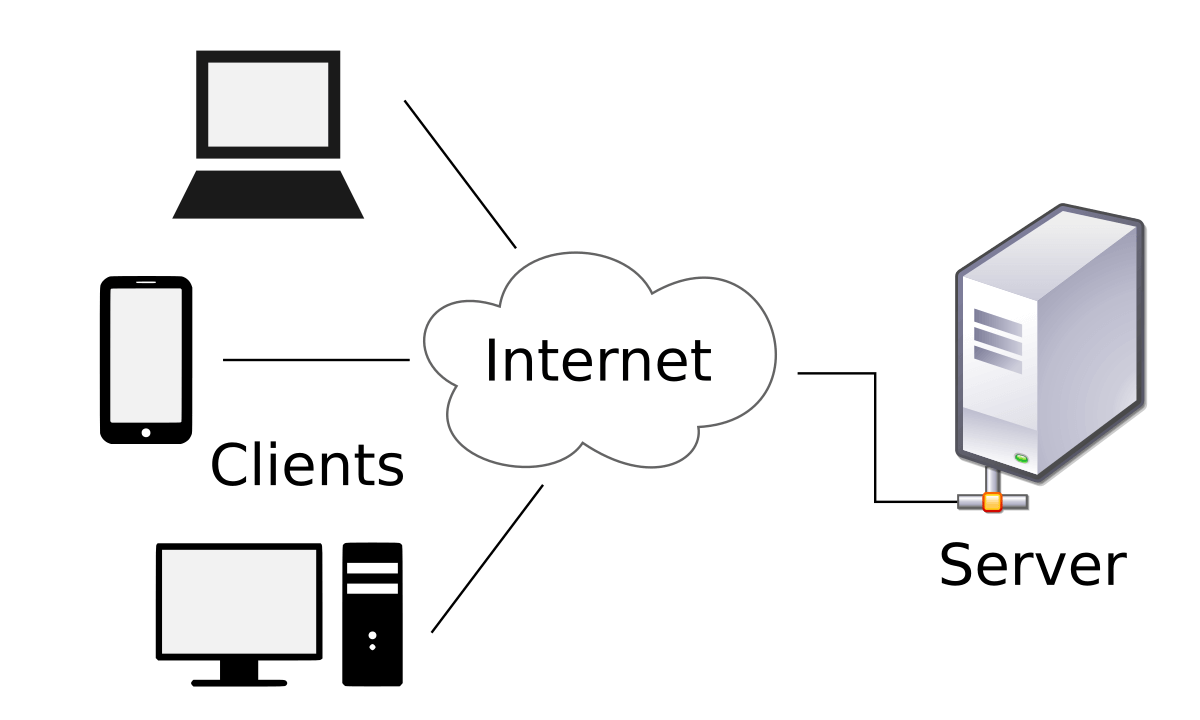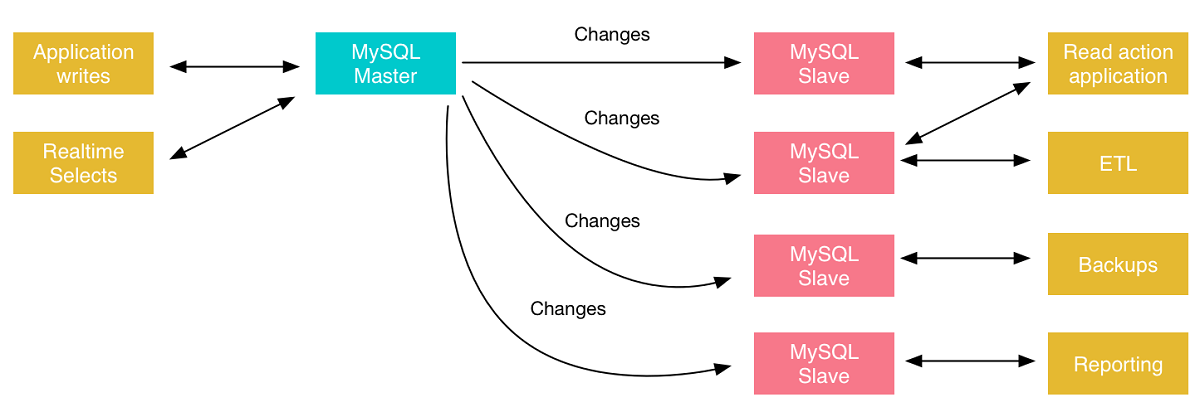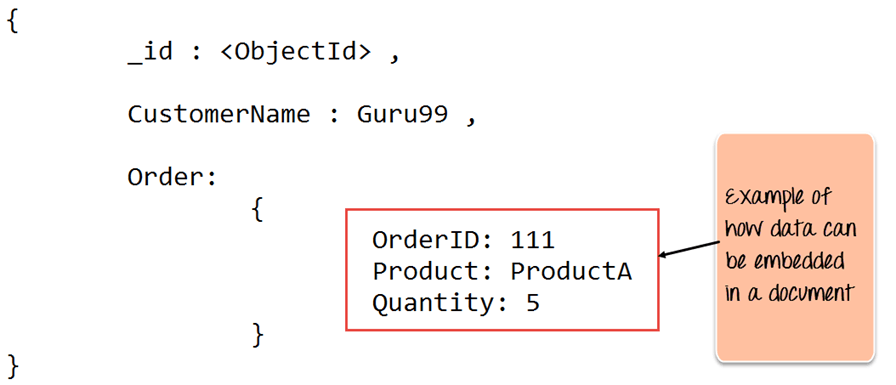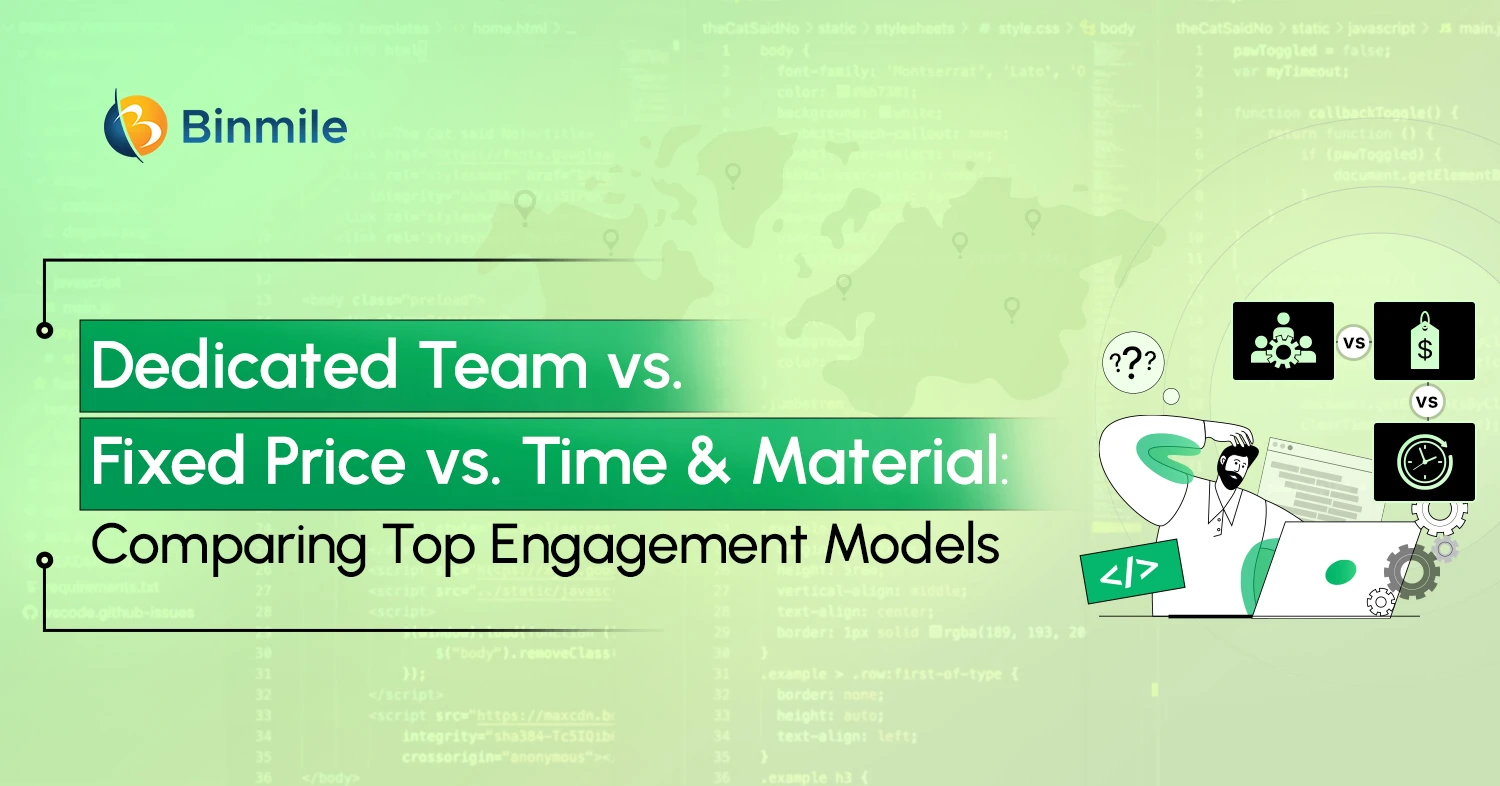With numerous databases functioning as a linchpin to any software application, the debate on choosing the perfect database model between MongoDB vs. MySQL pans out a more confusing upshot. That’s because both are the most sought-after and competitive database management systems (DBMS) programmatically designed to extract data and build reports from a site or an app. However, they are respectively different in performance parameters. For instance, MongoDB is an open-source and document-based system, whereas MySQL is an open-source, RDBMS (Relational Database Management System) that features a collection of an organized set of tables, each with a primary key.
In an era where businesses go through continuous change and consumer behavior shifts frequently, a solid foundation of a robust and flexible data infrastructure appears an inevitable necessity for organizations to handle such encounters effectively. Now the crux of the debate is – which is the best DBMS between MongoDB vs. MySQL? Which one should I choose for my business? Which database model sounds more viable for my development pipeline? Let’s dive into the debate to find out a perfect database model for your needs.
MongoDB vs. MySQL – What exactly are they?
Before we make a comparative analysis between MongoDB vs. MySQL database management systems, let’s sketch out what they are respectively.
What is MySQL?

MySQL falls into the category of a relational database that is maintained in a system called a Relational Database Management System (RDBMS). Combined with “My” (originated from the daughter of Michael Widenius named My) and “SQL” (Structured Query Language), MySQL database has been a cornerstone design model based on its enterprise-grade features to maintain and manage data and data storage.
The database-related language of MySQL is designed to enable any data type to be entered, categorized, searched, and retrieved from a small size business to a Big Data corporate business. It also supports storage, data security, and data query, along with organizing and storing data into a tabular format with rows and columns relative to data types. The database has a free, flexible (GPL) community license and is compatible with multi-operating systems, such as Windows, macOS, Linux, FreeBSD, OpenBSD, and Solaris, to serve various purposes, such as –
- Implement Relational Database Management System in the storage system of a device
- Allow Network Access
- Manage Users
- Facilitate Database Integrity Testing
- Create Backups
Written in C++ and C, the database uses a lexical analyzer that is responsible for corresponding to the error messages with the source program and can remove the white spaces and comments from there. Note that MySQL is an RDBMS with a client-server model facilitating information classification, and improving the reliability of a user’s database infrastructure through a database replication methodknown as multi-master replication.

Under this approach (master-slave replication), the database architecture is divided into two distinct sections known as a master database and a slave database.

Now the role of the slave (replica) database is that it serves as a standby for the master database. It accounts for why incorporating a master-slave approach pans out more reliable as a keeper of the data resources, a dedicated spot for performing all the writing requests.
Don’t Miss This: Top 10 Software Development Trends to Impact Businesses
Key Features of MySQL
1. Replication and Clustering
Replication and clustering that MySQL results in improved application stability and performance boost through a variety of synchronization types.

The database also allows SQL server replication in which users can copy and distribute database objects and data to provide redundancy, as well as improve the availability, scalability, and overall performance of the database. The term ‘replication’ refers to the synchronization of data across multiple discrete databases.
2. Password Support
MySQL features a password encryption system that allows host verification upon receiving an access request to the database.

This feature provides an extra security layer on the database, barring access to unauthorized individuals. Also supporting a dual password in its latest version, the database allows developers to make changes to the password credentials without experiencing a technical snag or downtime.
3. Open-Source and Works with Large Databases
Being open-source allows MySQL-based software to be downloaded, used, and modified by users in conformity with their requirements. It uses GNU General Public license governing dos and don’ts related to the applications. Moreover, MySQL server is designed to work with large databases.
4. Performance Schema
The MySQL performance schema is one of the features of the database language that inspects MySQL Server execution at a low level. It also monitors the internal execution of the server at runtime and server events, along with having a minimal impact on server performance while accessing useful data related to server execution. By inspecting resource utilization, the database also allows you to make use of the resources properly, improve app performance, and handle any suspicious serve events by taking necessary steps.
5. Online Schema
MySQL supports multiple online schemas to ensure that any requirements related to data storage are met appropriately, including ensuring to offer more flexibility.
Also Read: Database for Web Apps
Other Features of MySQL Discussed in Brief
- It supports multi-level and distributed transactions
- Allows maintenance of database snapshots and integrity with multi-version concurrency control
- It features plenty of GUI (graphical user interface) tools to help developers save time on creating, designing, and administrating command-line tools
- It provides SSL session reuse support for cost optimizations
What is MongoDB?
MongoDB refers to a cross-platform, source-available software as a NoSQL database program and is also called a document-oriented database program licensed under the Server Side Public License (SSPL). A scalable and flexible database model, MongoDB is designed to help developers meet the challenges posed by NoSQL solutions and maintain the exigency of storing a large volume of data.
Unlike relational databases that are designed to use tables and rows, MongoDB utilizes collections that encompass a set of documents and functions equivalent to relational database tables and documents containing key-value pairs stored in BSON (Binary JavaScript Object Notation) files. BSON is basically a binary-encoded serialization or a moderate version of JSON documents that supports JavaScript, which enables MongoDB to be an ideal choice for Node.js projects.
An Example of MongoDB

MongoDB features some of the top advantages, including auto-sharing, embedding, and data replication.
MongoDB – Features
1. Replication
It replicates multiple copies of the data through replica sets and deploys the replicated data on various servers. As a result, it paves the path for easy retrieval of lost data from backups in another server.

2. Indexing
Allows indexing of fields in the documents with primary and secondary indices to improve search performance in the database. As a result, you don’t have to resort to performing the search on the entire document and therefore, you can save time by performing the search on indexes. Moreover, it also brings forth an increased performance in search speed.

3. Schema-Less Database
The feature allows the storage of information in JSON-style documents with greater flexibility over data types. NoSQL database can accept any data type, allowing you to future-proof your database and scale according to the change and nature of data-driven operations.

Without NoSQL in the MongoDB database, you don’t have to depend on specific data models related to your job. It allows you to inspect relationships between data points using Graph databases or facilitate query, report, and model information based on your preference. Since it eliminates the need for replication of one document to another like in the case of relational databases, MongoDB offers great flexibility to databases.
4. Ad-hoc Queries
MongoDB provides great support in terms of range queries, regular expression, and field searches. Queries consisting of JavaScript functions that users define can return specific document fields.
Ad-hoc queries can be updated in real-time using MongoDB Query Language (MQL) which also allows real-time analytics for businesses easily.

5. Scalability
MongoDB features horizontal scalability using sharding, which stands for the distribution of data on multiple servers. The data chunks are evenly shared across shards (of the same data) and various physical servers. Note that replica sets in MongoDB serve the purpose of load balancing across multiple servers, allowing users to access the same data easily. The scalability of the MongoDB environment is one of its distinctive features, apart from the data model that allows presenting the hierarchical relationships and stores complex structures easily.
MongoDB vs MySQL – Comparative Analysis
1. Comparing based on the Speed and Performance
Databases are not just meant for storing crucial data and information, they need to be accessible hassle-free as well.
Therefore, how quickly a database caters to your data access requests underscores its viability as an ideal database model. MongoDB comes out as the real winner in the speed debate, considering how it responds to a large amount of unstructured data faster than MySQL, thanks to its features of slave replication and master replication.
With MongoDB, you don’t encounter a vendor lock-in situation, which means you are at complete leeway to replace a vendor for another that will assist you in making your database more efficient and flexible.
2. Comparing based on Querying Unstructured Data
The database technology of MySQL uses Structured Query Language (SQL) whereas MongoDB makes use of JavaScript for the query language. SQL consists of Data Definition Language (DDL) & Data Manipulation Language (DML) whereas MongoDB relies on the unstructured JS query language.
Moreover, you would require a team of operators to link multiple JSON documents. Another thing to remember is – if you want to query in JSON files, you would need a document definition or define the data type available when a specific query is executed.
The MongoDB database, in this context, wins the debate on querying unstructured data, thanks to its JS (JavaScript) querying language.
3. Comparing based on Sharding and Replication
MongoDB comes equipped with features, including Ad Hoc queries, replication of data, and sharding. As far as the feature of sharding is concerned, it allows for distributed data systems for applications or horizontal scalability.
Moreover, data replications that it does is due to using replica sets, each defined as a group of MongoDB instances hosting identical data sets.

On the other hand, MySQL uses a multi-master approach for data replication that needs each application to write to a different master for scaling.
Considering how Facebook created its own sharding framework, it led to precedence that you can also adopt a similar approach for your business. A scale-out approach of sharding in MySQL gets you each node featuring standalone MySQL RDBMS. One of the results you attain here is improving the scale of workload deployment in your business.
4. Comparing based on Security Feature
MongoDB leverages the role-based access control (RBAC) method with security features, including authentication, auditing, and authorization. On the other hand, MySQL uses Privileged Access Management (PAM) system that features cybersecurity strategies and technologies to facilitate authentic accessibility to specific databases, like CREATE, SELECT, INSERT, UPDATE, etc. MySQL also makes use of the SSL (Secure Sockets Layer) which results in encrypted connections between clients and the server.
When to use MongoDB?
- When you need to access your data fast and easily
- When you want to use Cloud-based storage to easily distribute data across multiple servers
- When you deal with a mountain of unstructured data
- When your development is based on Agile methodologies
- When you have an unstable or undefined schema and want to save money on schema migration costs
When to use MySQL?
- When you look for a database management system for a small-scale project with a limited budget
- When you have a fixed schema and no trouble in terms of unstructured data
- When you are more concerned with the security aspect behind choosing a database management system
Concluding Statements
Based on our thorough analysis of MongoDB vs. MySQL, our conclusion is that while on certain parameters, MongoDB seems to gain an edge over MySQL, in certain aspects, it is MySQL that’s winning the debate of ascendancy. However, declaring that X is better than Y wouldn’t be a rational announcement, given when it comes to choosing the right database model, you should consider many relevant things, including your project’s goals, and requirements.
No doubt, MySQL’s flexibility due to its highly-organized nature, along with features like reliable data security and high performance could be an ideal choice for your selection of a perfect database model. On the other hand, MongoDB can be considered if you have unstructured data that is too complex to handle. Moreover, it will also help you take care of a huge data volume and store them as documents. The clincher is – one is not an efficient replacement for the other one. Both database models are known for their respective niches and performance power.
For example, in our case, we have leveraged the power of both MongoDB and MySQL database management systems for our client’s projects. Therefore, schedule a call with our professional if you are looking for a custom software development agency with trusted RDBMS.










